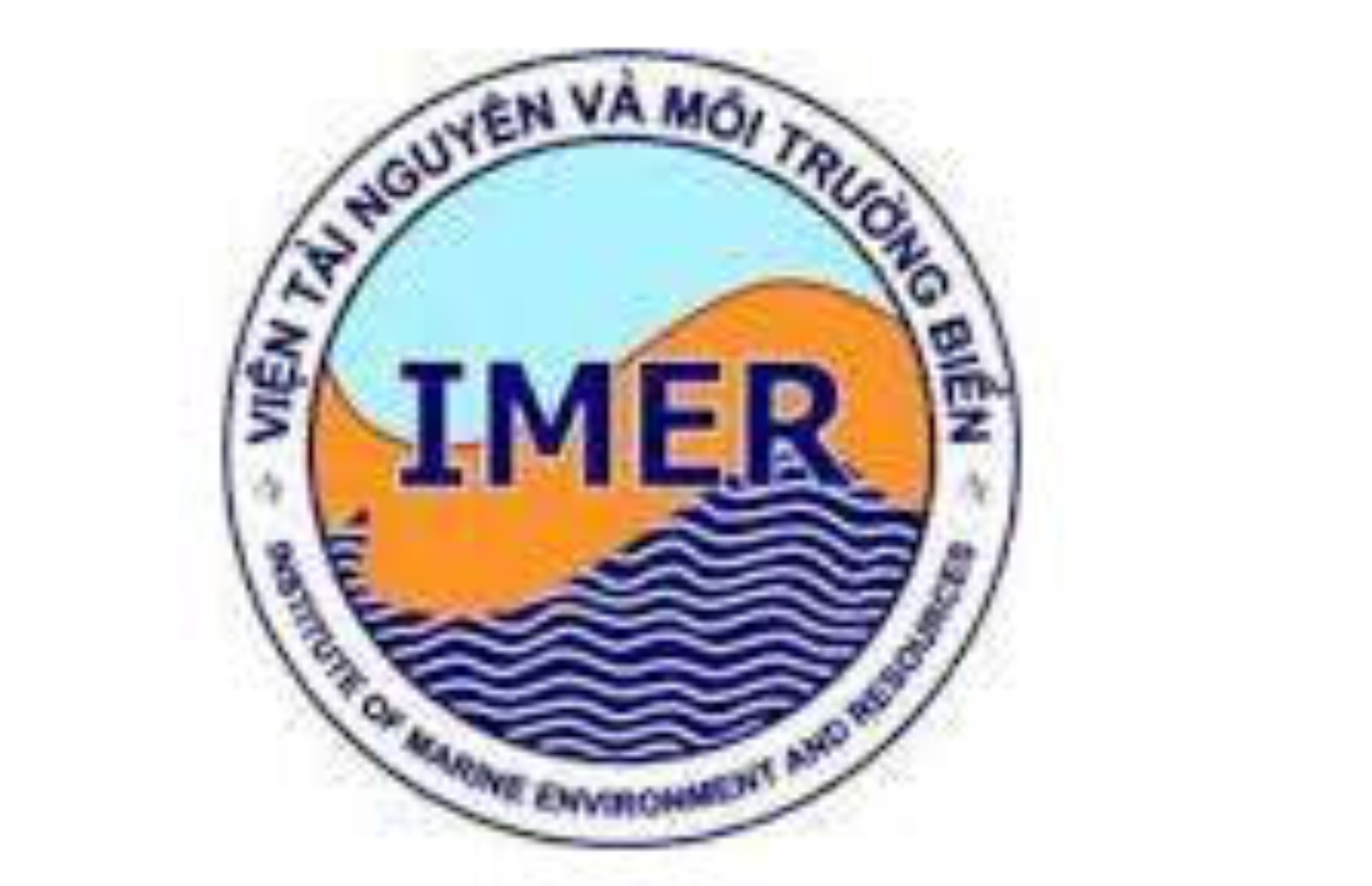Remote sensing of atmosphere and underlying surface using radiation of global navigation satellite systems
Author affiliations
DOI:
https://doi.org/10.15625/1859-3097/17/4B/12985Keywords:
Radio wave propagation, tropospheric refraction, refractive index, daily and seasonal variability, global navigation satellite system, underlying surface.Abstract
This paper is devoted to solving the problem of atmosphere diagnosis using radiation of the global navigation satellites. New methods for diagnosing the meteorological situation, the refractive state of the troposphere and underlying surface based on the behavior of navigation signals are proposed. The model of the mapping function that takes into account the sphericity of the troposphere and allows more accurate describing of the actual values for the tropospheric delay is proposed.Downloads
Metrics
References
Solheim, F. S., Vivekanandan, J., Ware, R. H., and Rocken, C., 1999. Propagation delays induced in GPS signals by dry air, water vapor, hydrometeors, and other particulates. Journal of Geophysical Research: Atmospheres, 104(D8), 9663-9670.
Bevis, M., Businger, S., Herring, T. A., Rocken, C., Anthes, R. A., and Ware, R. H., 1992. GPS meteorology: Remote sensing of atmospheric water vapor using the Global Positioning System. Journal of Geophysical Research: Atmospheres, 97(D14), 15787-15801.
Eminov, R. A., 2012. Some questions on calculation of tropospheric delay of the signal in navigation systems GLONASS/GPS, T-Comm, (4), 40-41.
Schüler, T., 2001. On ground-based GPS tropospheric delay estimation. Univ. der Bundeswehr München.
Emardson, T. R., and Derks, H. J., 2000. On the relation between the wet delay and the integrated precipitable water vapour in the European atmosphere. Meteorological Applications, 7(1), 61-68.
Nikol’Skii, V. V., and Nikol’Skaia, T. I. I., 1989. Electrodynamics and propagation of radio waves. Moscow Izdatel Nauka.
Krasyuk N.P., Koblov V. L., Krasyuk V. N., 1988. Influence of the troposphere and the underlying surface on the operation of the radar station, Moscow: Radio and Communication, Pp. 213.
Kravchenko, V. F., Kravchenko, O. V., Lutsenko, V. I., Lutsenko, I. V., and Popov, D. O., 2015. Usage of global navigation systems for detection of dangerous meteorological phenomena. Journal of Measurement Science & Instrumentation, 6(1), 68-74.
Kovorotny A. L., Gorobets V. N., Goncharenko Yu. V., Rymar S. I., 2012., Measuring complex of the decimeter range for diagnostics of propagation conditions of radio waves in the atmosphere. Bulletin of the National Technical University “KhPI”: New solutions in modern technologies. - Kharkov: NTU “KhPI”, No. 17, pp. 11-16.
Lutsenko, V. I., Lutsenko, I. V., Popov, D. O., Laush, A. G., and Gudkov, V. N., 2014. Simulation of the mapping function for calculation of troposheric zenith delay. Telecommunications and Radio Engineering, 73(5), 413-424.
Jin, S., and Komjathy, A., 2010. GNSS reflectometry and remote sensing: New objectives and results. Advances in Space Research, 46(2), 111-117.
Lutsenko V. I., Popov D. O., Lutsenko I. V., 2016. Investigation of the underlying surface using radiation of the global navigation satellite system, Radiophysics and Electronics, Pp. 31-39.









